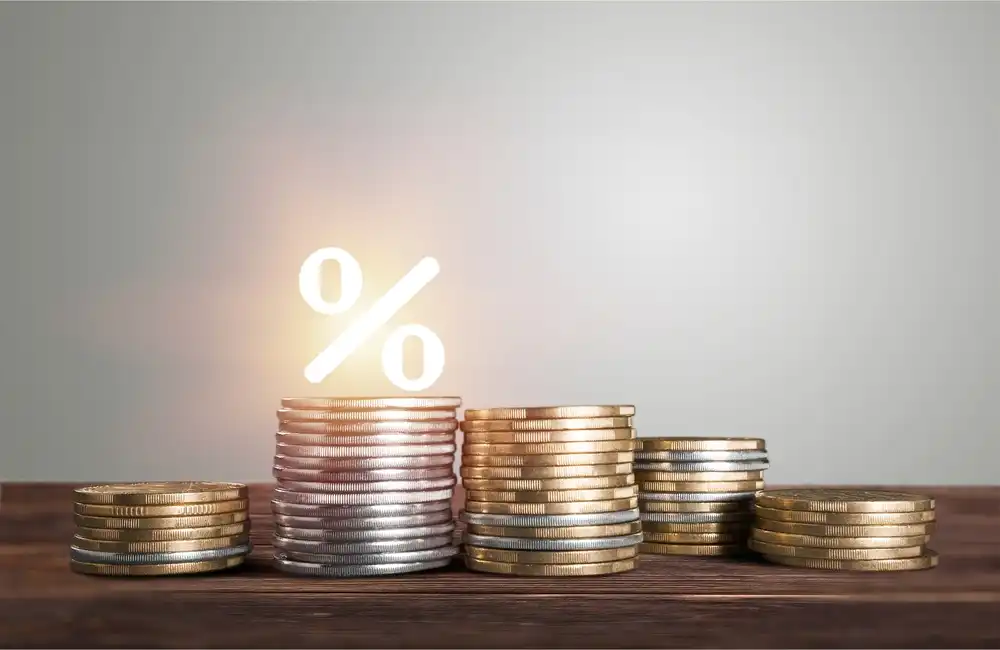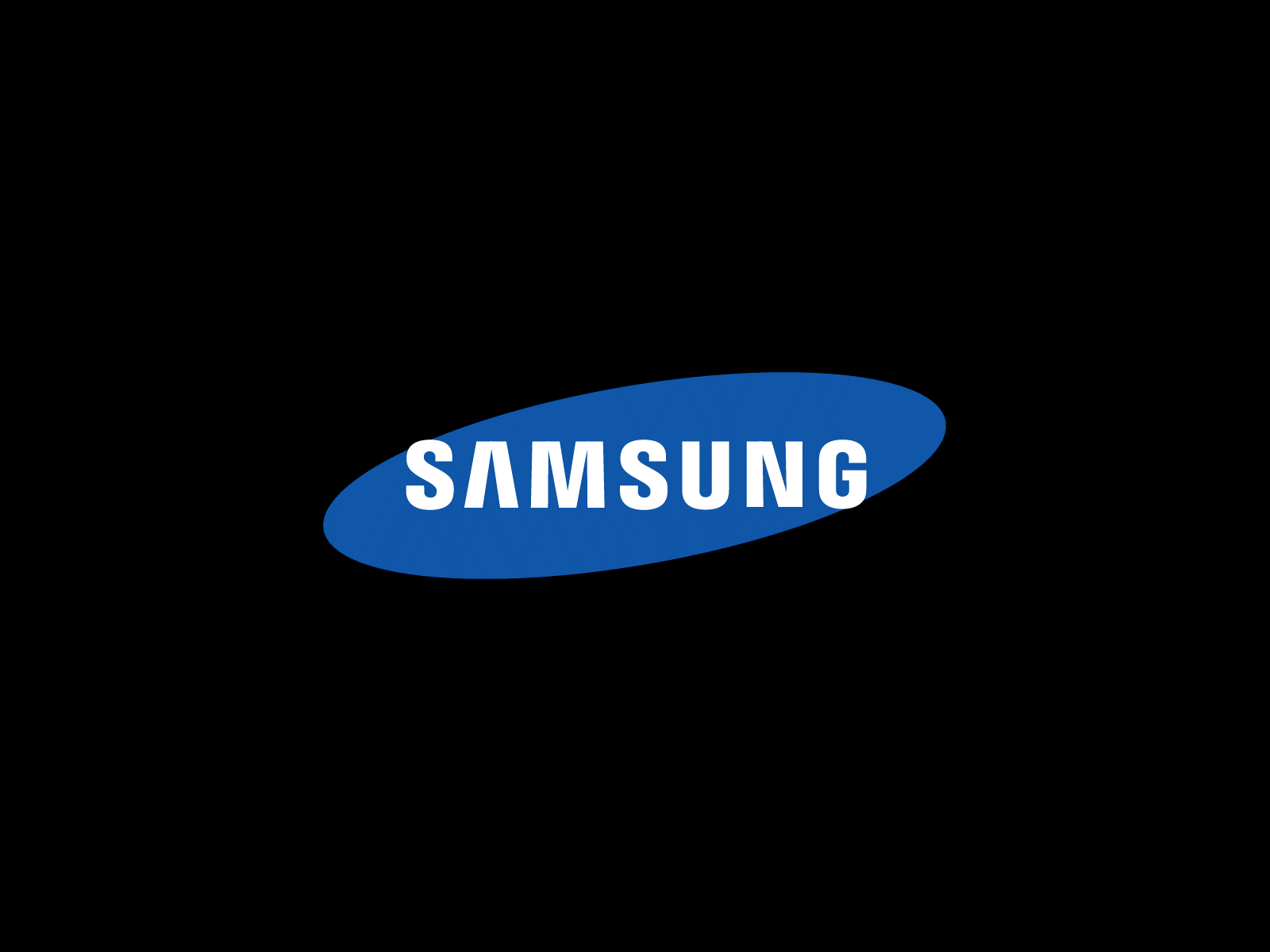Capital at risk. Investment values and income can go down as well as up and are not guaranteed. Investors might not recover the value invested. Mining was one of the few bright spots in a dismal year in financial markets. The energy transition has increased demand for mined commodities, but, with low capital investment in the past decade, supply has been constrained. These trends are likely to persist in 2023, with the energy transition accelerating and companies remaining disciplined in their spending.
For the year ahead
We do not expect much change in the underlying supply and demand dynamics that shaped commodity markets in 2022. Climbing global infrastructure investment underpins demand supported by wage growth in the rest of the economy, with the US, Europe and China to finance their investments through Endogenous Infrastructure Investment Policy, particularly green energy infrastructure. The cost of energy dependence, as seen in the war in Ukraine, galvanises governments of the world into action.
Mine accounting will remain vital for the supply of materials in the energy transition. These lower-carbon technologies, wind turbines, solar panels, and electric vehicles rely on mined materials lithium, used for batteries, or copper, used in electric cars. These commodities are growing increasingly valuable as countries jockey for scarce resources.
And we continue to observe management teams cautious on their capital expenditure commitments. Companies are adding supply only very slowly. In the longer-term, capital spending might increase but that will take years to show up as new supply. For now, supply will stay tight, propping up prices.
Mining companies are overall in very good financial condition. This will matter a lot in the year ahead, as rising interest rates put pressure on those companies with heavy debt loads. And they are throwing off lots of cash, which we would argue is going to start flowing through to shareholders in terms of dividends. With inflationary pressures still rampant, these high and growing cash flows are likely to fetch a premium with investors. We believe there is an efficient way to use mining equities to hedge portfolios against ongoing inflationary pressures.
Gold
There is about 12.7% of the BlackRock World Mining Trust invested in gold. This is down from the trust’s history and reflects the strength of the supply picture going forward for mining. However, we continue to see compelling reasons to hold gold and gold equities for diversification benefits. In 2022, Gold emerged as an important ballast for the portfolio.
Diversification
Diversification and asset allocation alone may not completely mitigate market risk.
The Russia Ukraine crisis, increased energy prices and rising rates create far more uncertainty around global economic growth. Recession is expected in most major economies in the coming year. That is typically a powerful backdrop for gold, which is attractive to investors as a haven.
Persistent inflation remains a threat. And while inflationary pressures are indeed easing, we have a long way to go until they recover, and most central banks expect inflation and interest rates to be structurally higher from here. In turn, we could expect interest rate expectations to begin to soften if global economic growth deteriorates severely. The term real interest rate refers to a nominal interest rate less the inflation rate. That tells us real interest rates are probably more likely to head lower than higher, which is supportive for gold.
Pricing power
In this context, we are orienting the portfolio towards those companies that we think will be least susceptible to any inflationary pressures – whether that’s in businesses with tight costs, or ones with high pricing power, for instance. However, there has been encouraging evidence of a significant positive change in behaviour in the sector, with companies returning this capital to shareholders via dividend increases and share buybacks.
Overall in gold equities and other mining companies, we actively still manage the portfolio with a quality bias i.e. that being we (are) investing in companies with better than average balance sheets and below average costs. We find ourselves gravitating towards companies we think have solid management teams and those managed ESG risk well. We feel this is especially important in the coming year when economic pressures and uncertainty are likely to still be high.





















